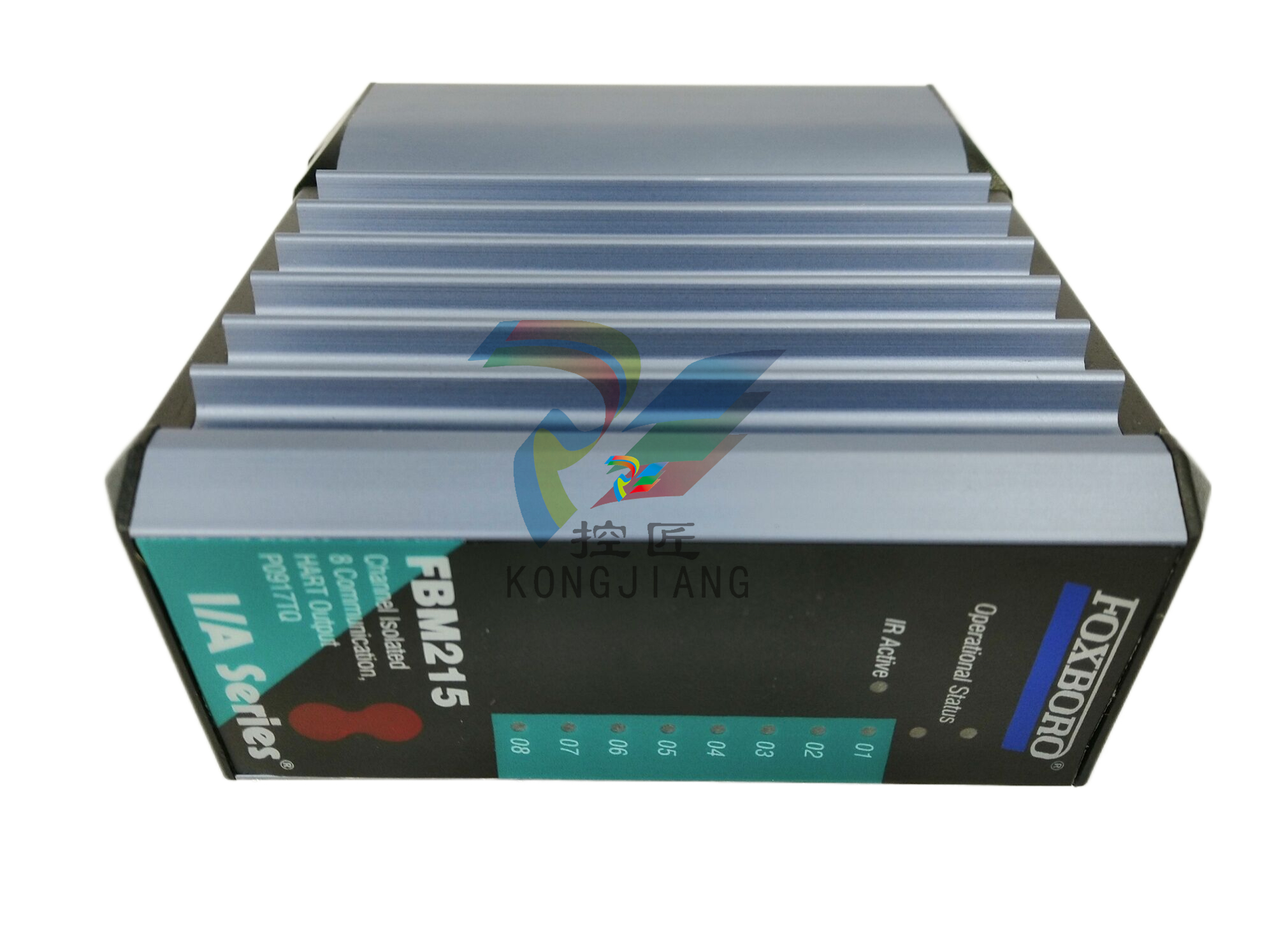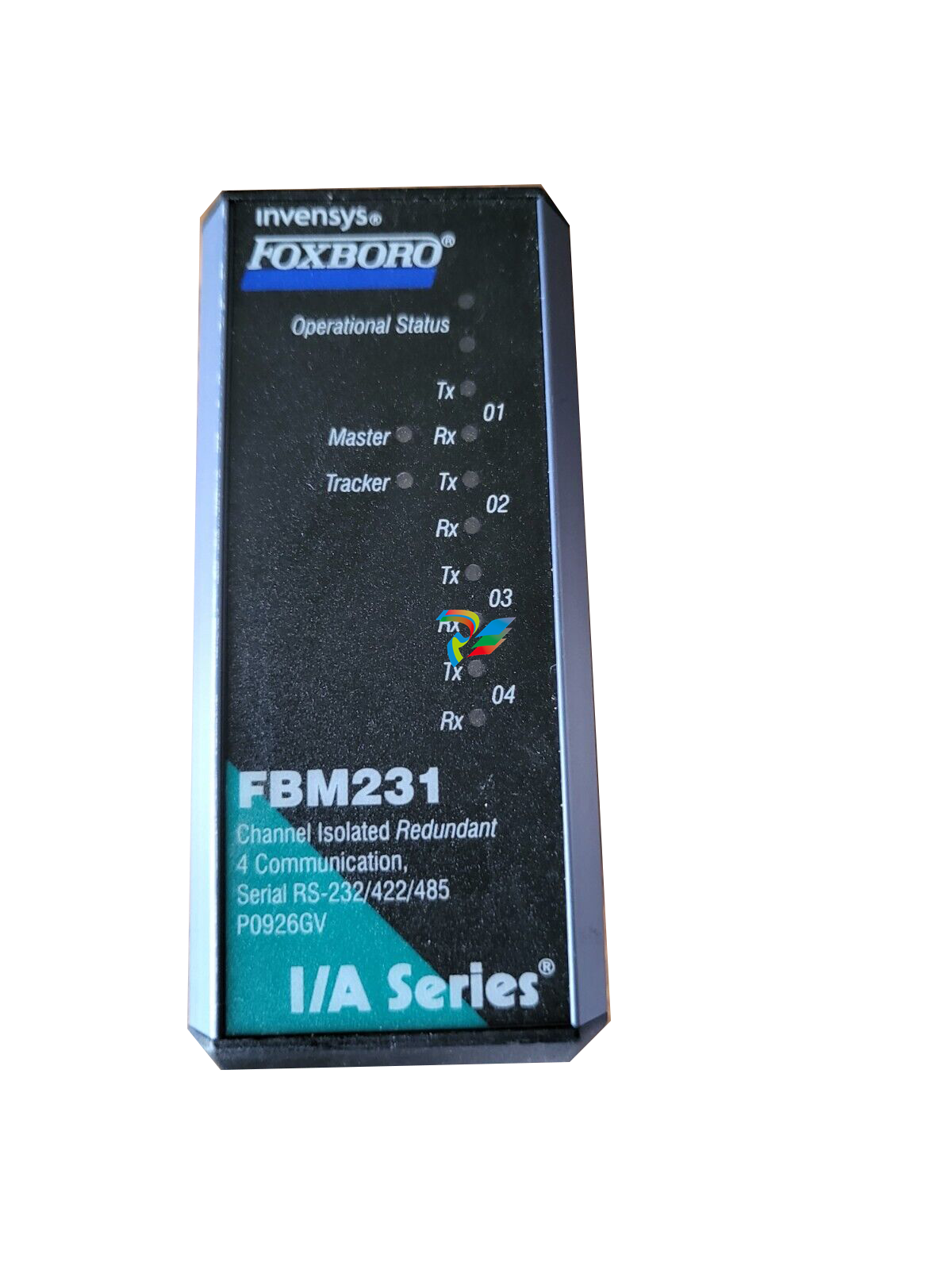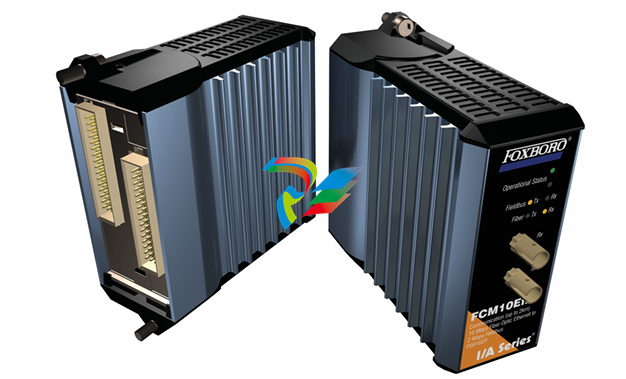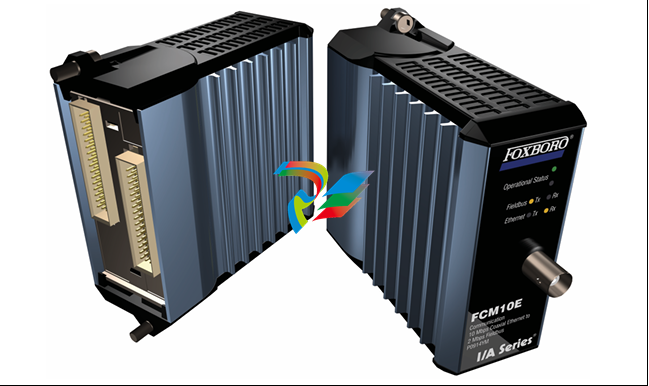
A-BSLC 500 EtherNet/IP Adapter
Important User Information
Read this document and the documents listed in the additional resources section about installation, configuration, and
operation of this equipment before you install, configure, operate, or maintain this product. Users are required to familiarize
themselves with installation and wiring instructions in addition to requirements of all applicable codes, laws, and standards.
Activities including installation, adjustments, putting into service, use, assembly, disassembly, and maintenance are required to
be carried out by suitably trained personnel in accordance with applicable code of practice.
If this equipment is used in a manner not specified by the manufacturer, the protection provided by the equipment may be
impaired.
In no event will Rockwell Automation, Inc. be responsible or liable for indirect or consequential damages resulting from the use
or application of this equipment.
The examples and diagrams in this manual are included solely for illustrative purposes. Because of the many variables and
requirements associated with any particular installation, Rockwell Automation, Inc. cannot assume responsibility or liability for
actual use based on the examples and diagrams.
No patent liability is assumed by Rockwell Automation, Inc. with respect to use of information, circuits, equipment, or software
described in this manual.
Reproduction of the contents of this manual, in whole or in part, without written permission of Rockwell Automation, Inc., is
prohibited.
Throughout this manual, when necessary, we use notes to make you aware of safety considerations.
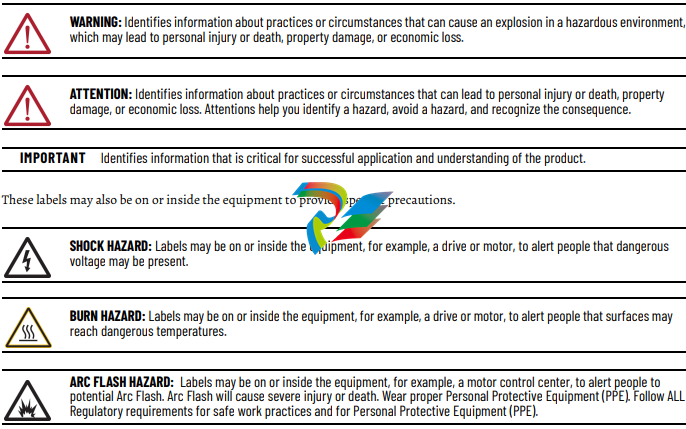
Overview
This chapter provides an introduction to the features and functionalities of the
1747-AENTR SLC™ 500 EtherNet/IP Adapter. It includes the following sections.
Module Description The 1747-AENTR Adapter enables CompactLogix™ and ControlLogix®
processors to control SLC™ I/O modules. It is primarily designed to enable
migration of existing SLC controlled systems to Logix-based systems.
The adapter mainly acts as a gateway between the SLC backplane and
EtherNet/IP and typically replaces an SLC controller in the 1746 rack. On
remote SLC racks, it replaces the 1747-ASB module or the ControlNet® adapters
1747-ACN15 and 1747-ACNR15.
Control of the backplane I/O is accomplished with a CompactLogix or
ControlLogix controller communicating through an EtherNet/IP router in the
Logix backplane, across EtherNet/IP, and into the 1747-AENTR gateway.
As a gateway between the SLC backplane and EtherNet/IP, the 1747-AENTR
module is a CIP™ server (for both Explicit Messaging and I/O) on the Ethernet
port, and an SLC host on the 1746 backplane.
Connections can be made to support 1746 and 1747 analog, digital, and
specialty I/O modules installed in the backplane.
For the complete list of supported I/O modules, see the table, List of I/O
Modules Supported by the 1747-AENTR Adapter on page 27.
Topic Page
Module Description 9
Hardware Components 10
The 1747-AENTR in a Logix System 11
Hardware/Software Compatibility 11
Diagnostic Indicators 11
What the Adapter Does 11
Use of the Common Industrial Protocol (CIP) 12
Understand the Producer/Consumer Model 12
Support of Direct Connections 12
IMPORTANT Studio 5000 Logix Designer® application (previously RSLogix 5000®)
revision 21 and later, and firmware revision 2.001 and later supports:
• multiple chassis, with a maximum number of three chassis;
• a maximum of 30 SLC I/O modules;
• a maximum of 96 Class 1 connections;
• up to 8 Class 3 connections.
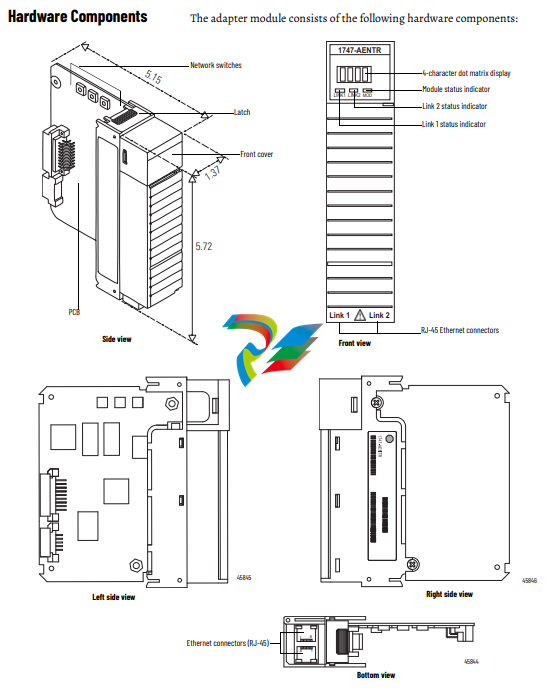
The 1747-AENTR in a
Logix System
In this example, the I/O modules communicate with the controller through the
1747-AENTR adapter. The controller can produce and consume tags to the I/O.
Configuration of devices and the network is done through the personal
computer running the controller and configuration software
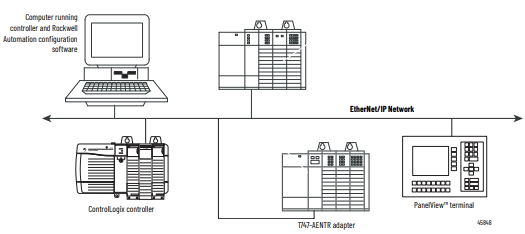
Hardware/Software
Compatibility
The adapter and the applications described in this manual is compatible with
the following firmware revisions and software releases
roduct Firmware Revision/
Software Versions
1747-AENTR 1.001 or later
Logix controller v20 or later
RSLogix 5000 or Logix Designer v20 or later
RSLinx® software v2.59 or later
Diagnostic Indicators The module has the following diagnostic indicators:
• Link 1 and Link 2 status indicator
• Module indicator
• 4-character status display
What the Adapter Does The 1747-AENTR EtherNet/IP adapter performs the following primary tasks:
• Control of real-time I/O data (also known as implicit messaging) – the
adapter serves as a bridge between I/O modules and the network
• Support of messaging data for configuration and programming
information (also known as explicit messaging)
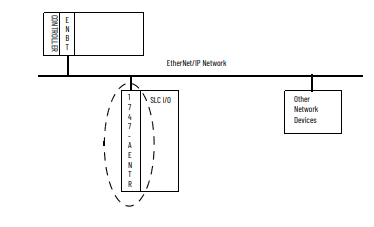
Use of the Common
Industrial Protocol (CIP)
The adapter uses the Common Industrial Protocol (CIP), the application layer
protocol specified for EtherNet/IP, the Ethernet Industrial Protocol. It is a
message-based protocol that implements a relative path to send a message
from the producing device in a system to the consuming devices.













































.jpg)
.jpg)
.jpg)





.jpg)



.png)
.jpg)

.jpg)
_lVjBYb.jpg)

.jpg)
.jpg)



.jpg)
.jpg)





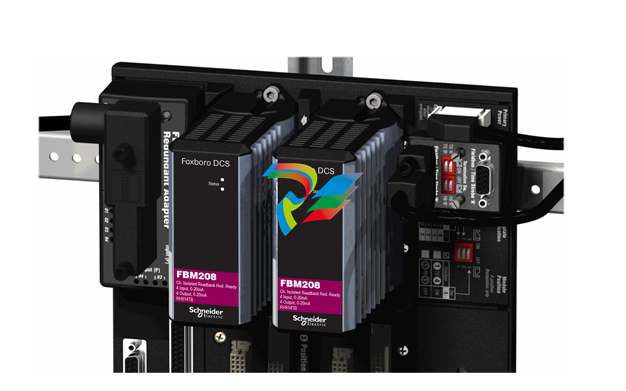
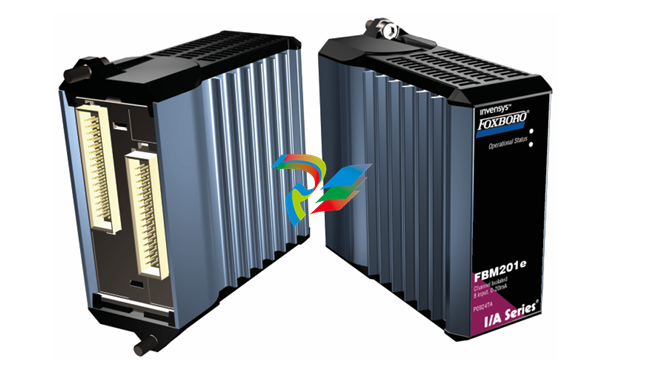
.jpg)
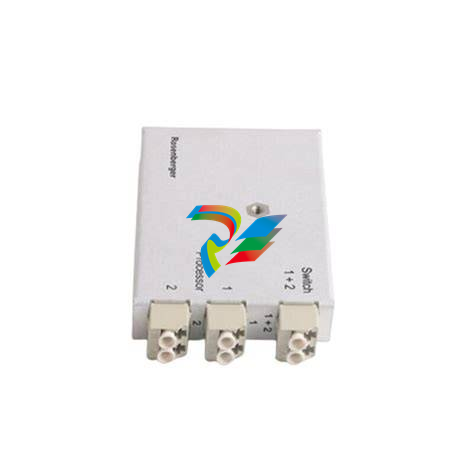
.jpg)
.jpg)
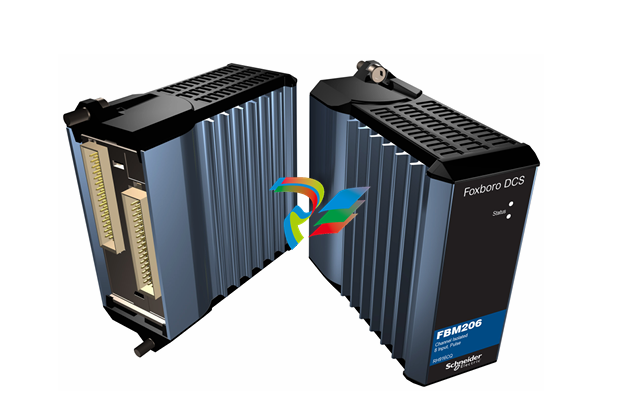
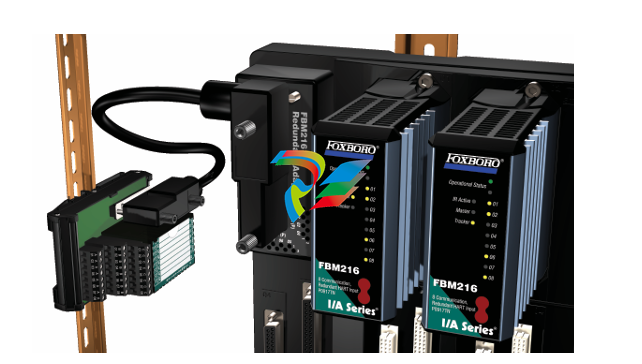
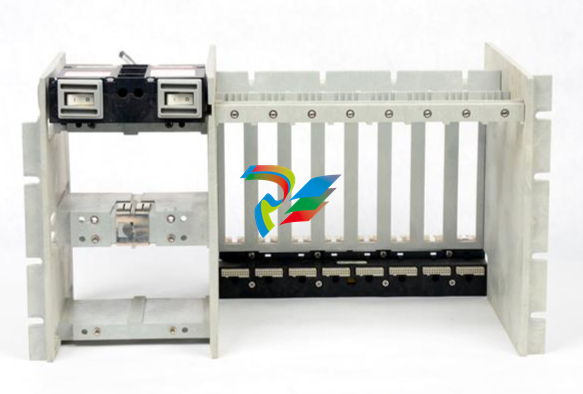
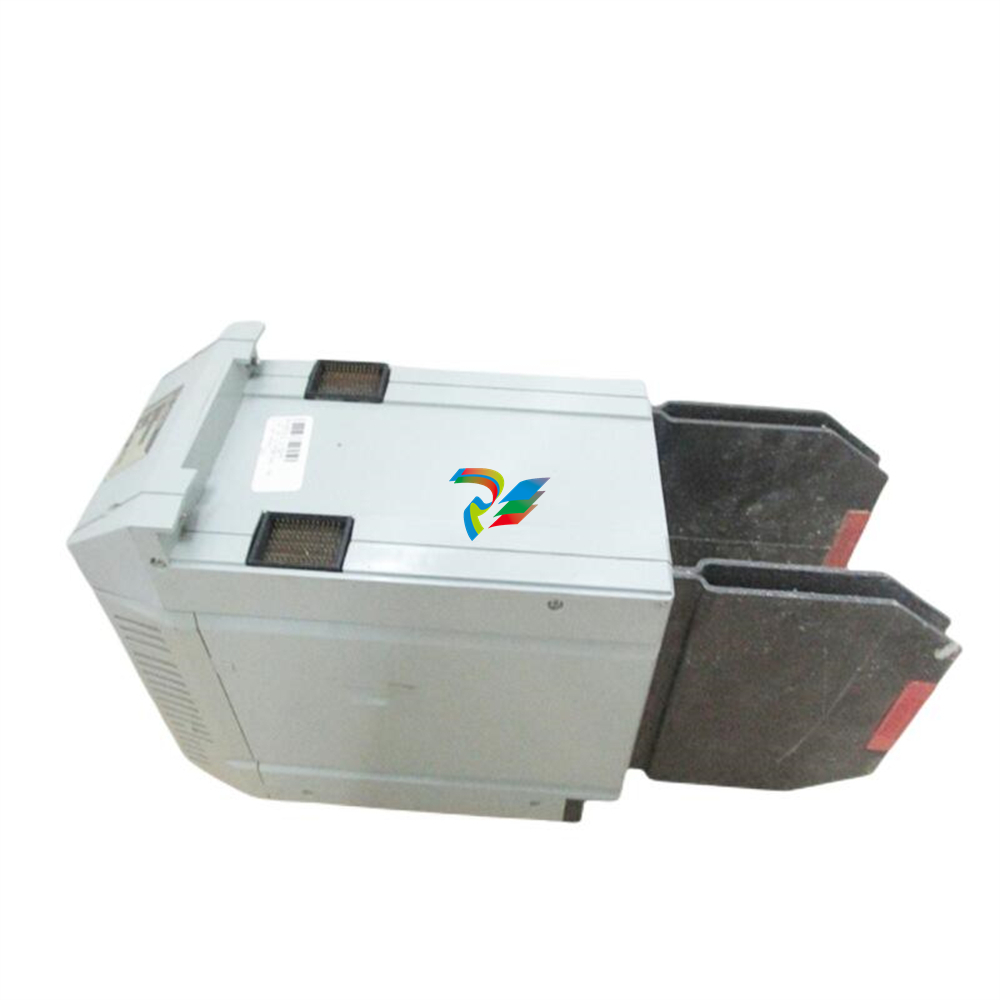
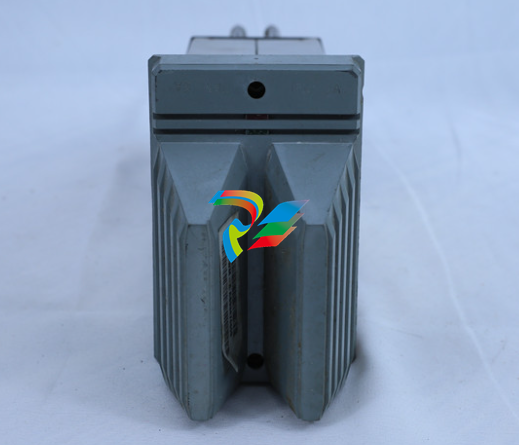
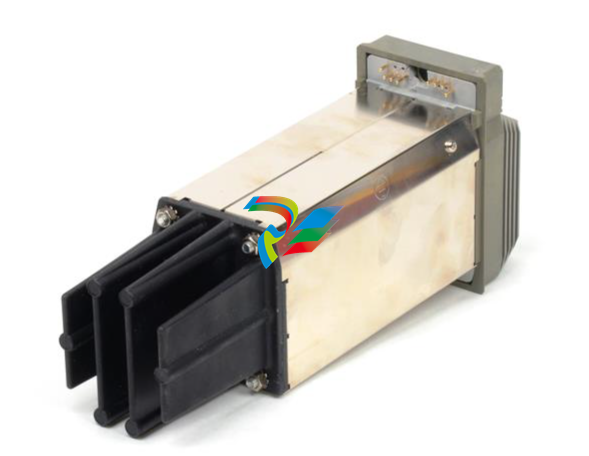
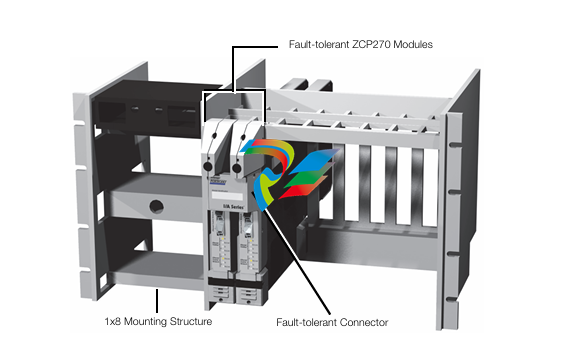
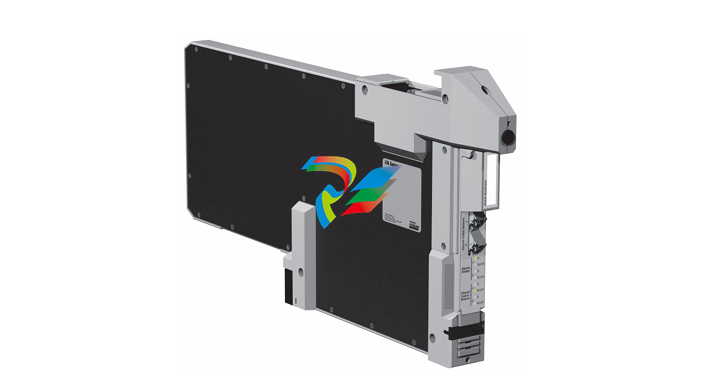
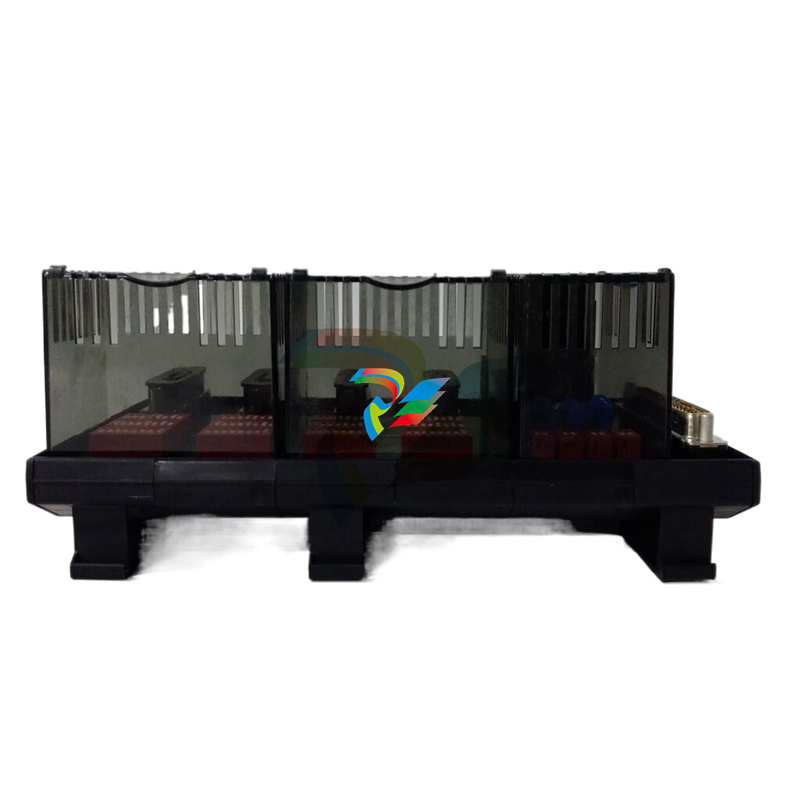
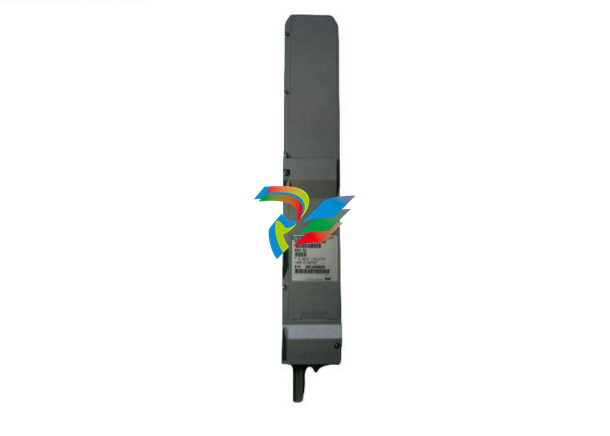
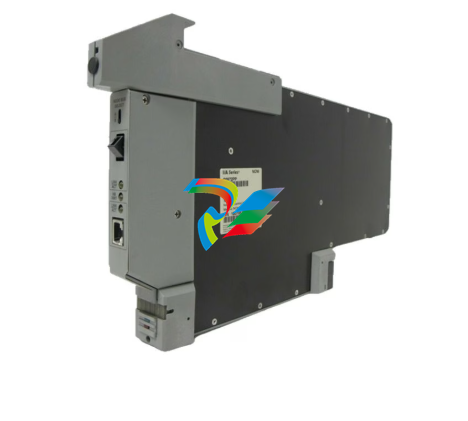
.jpg)
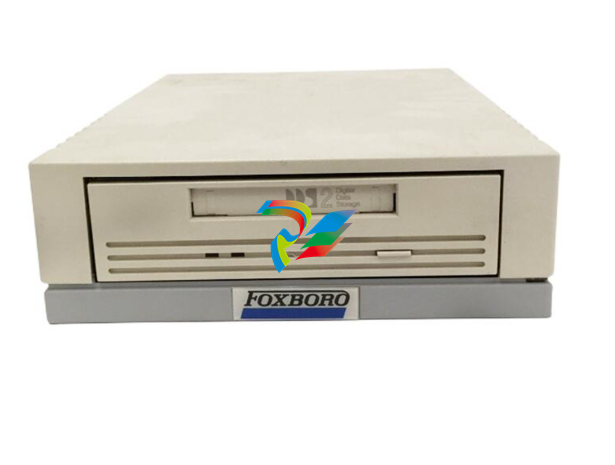
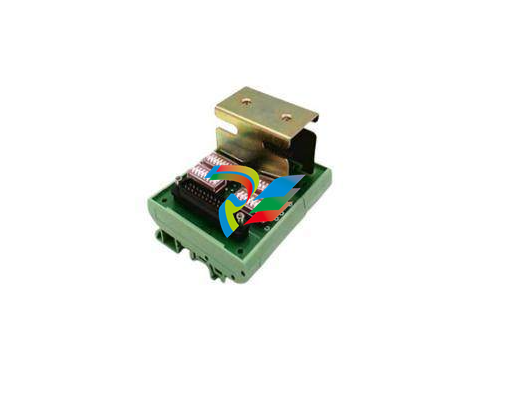
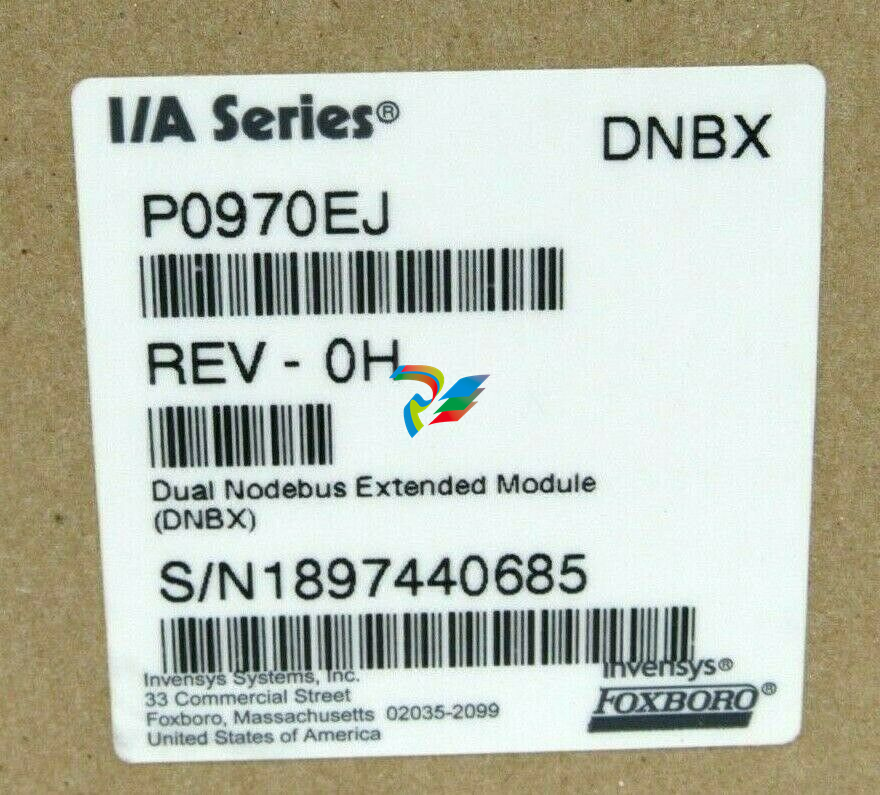
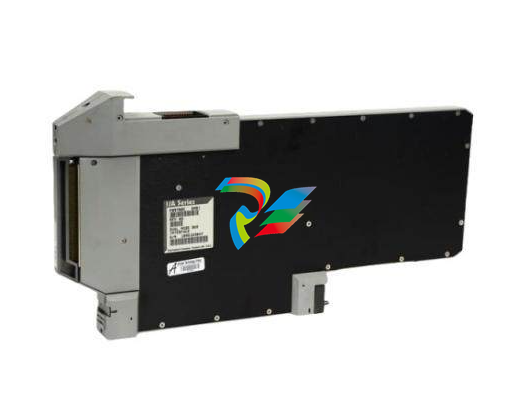
.jpg)
.jpg)
.jpg)
.jpg)
.jpg)
.jpg)
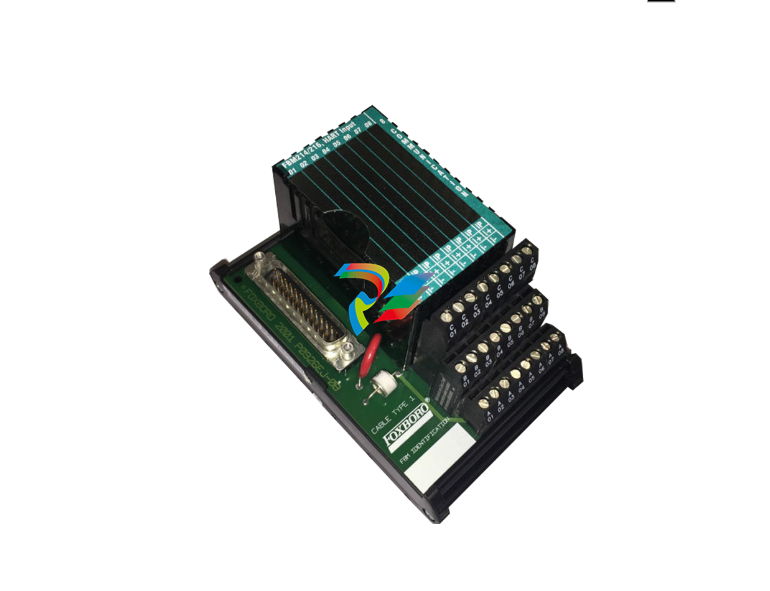
.jpg)
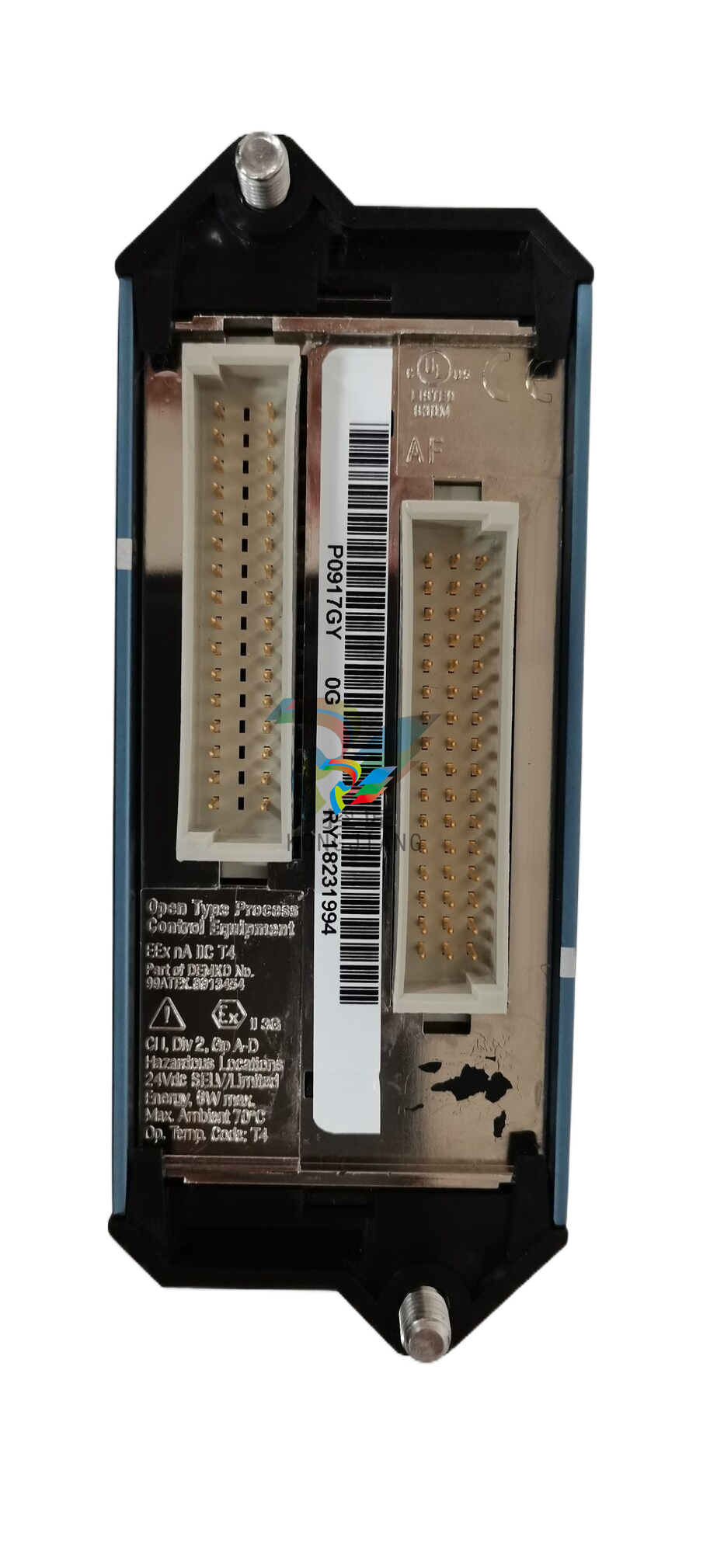
.jpg)
.jpg)
.jpg)
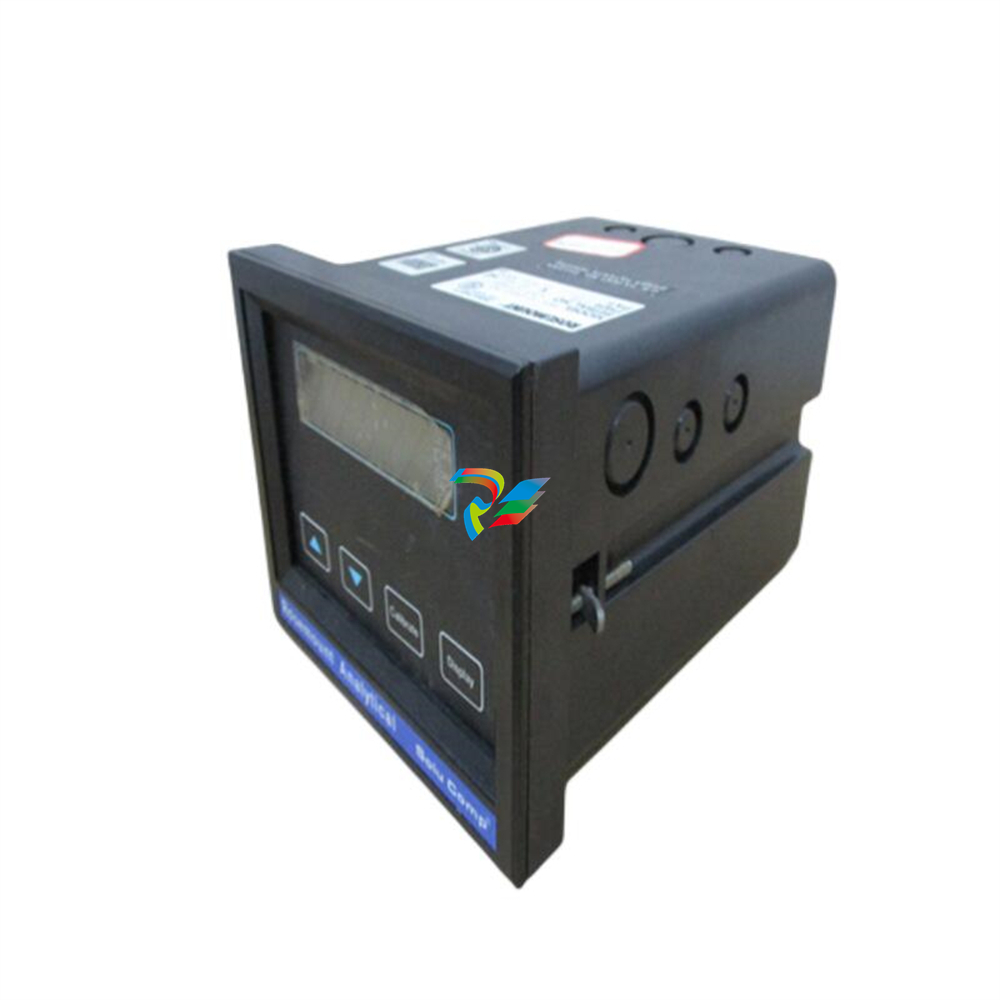
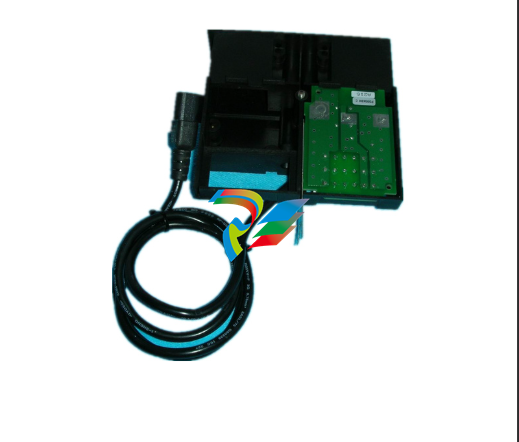
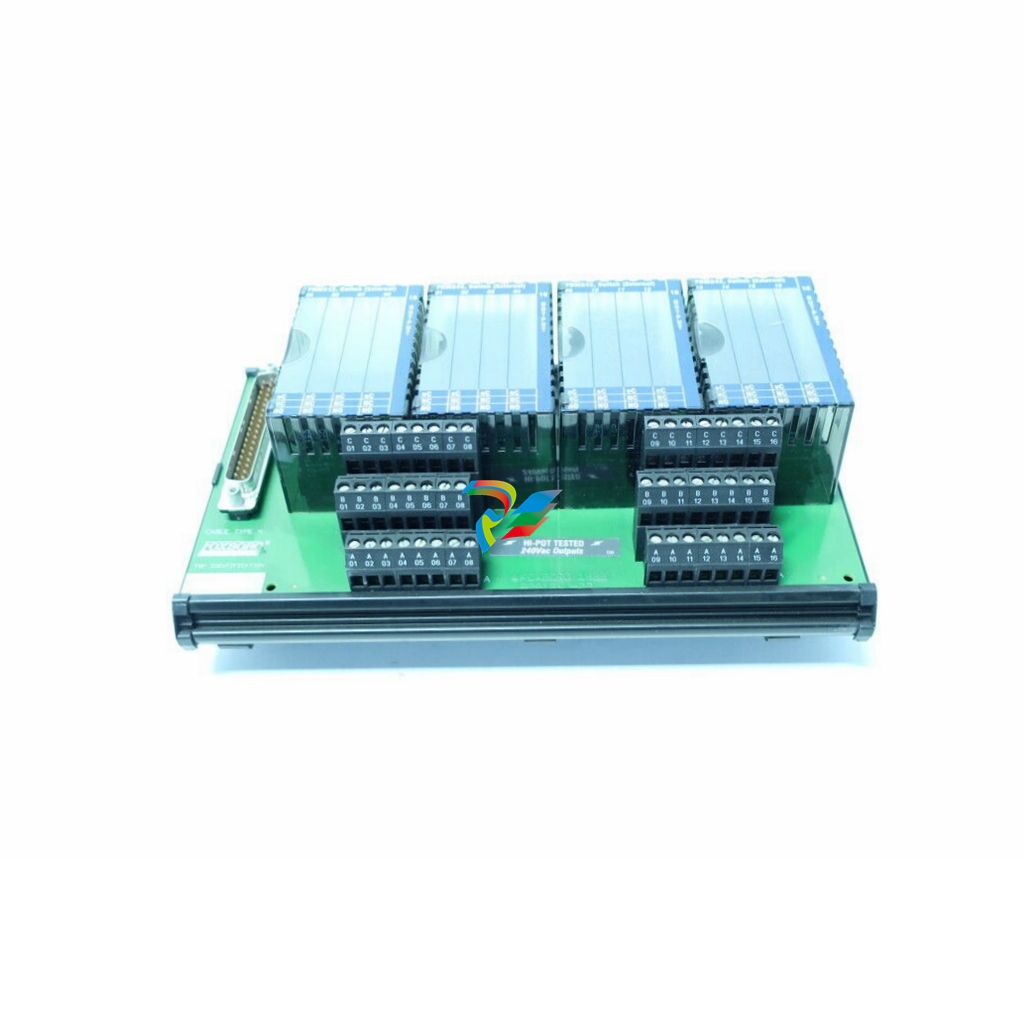
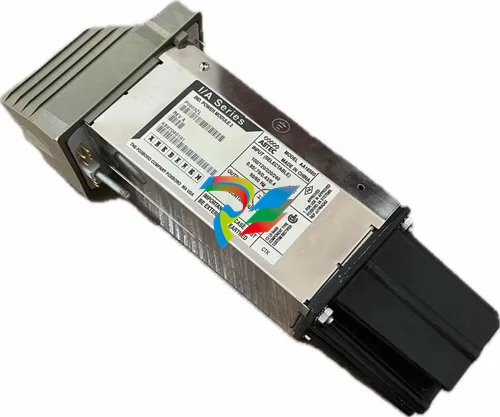
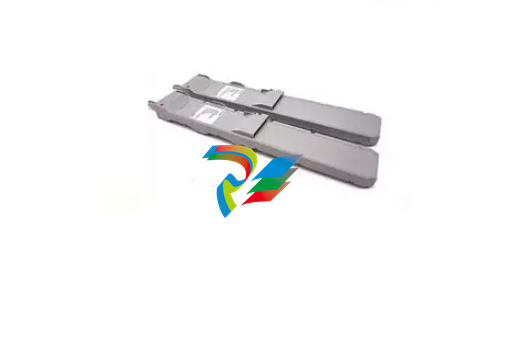
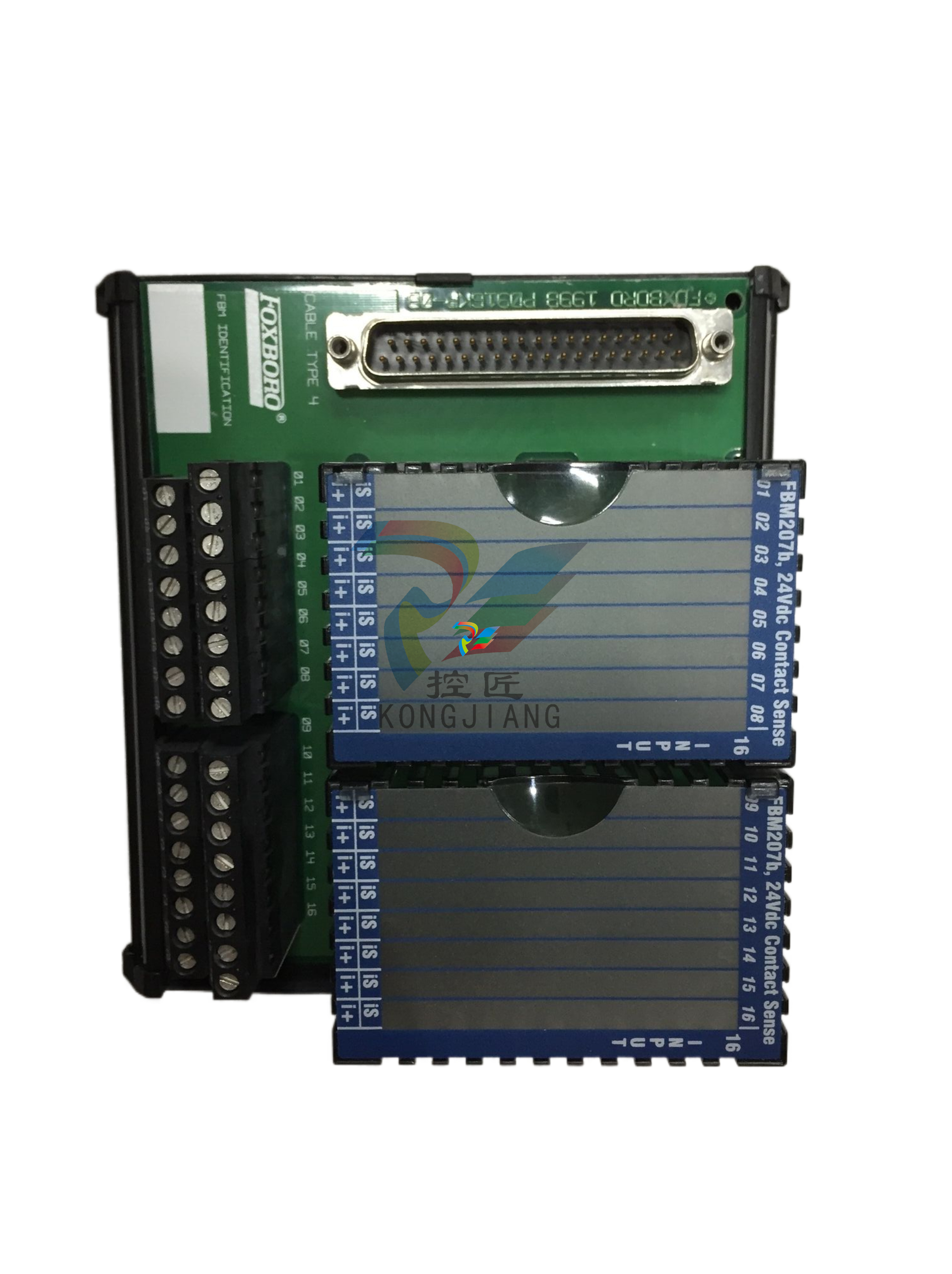
.jpg)
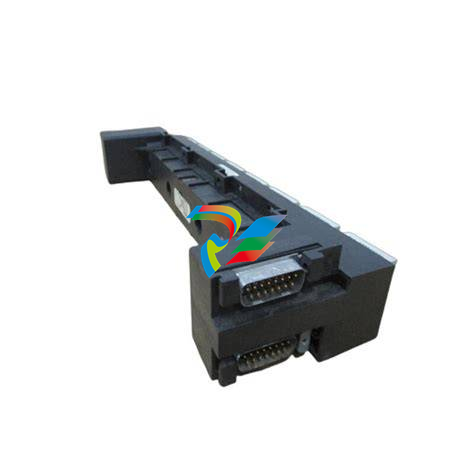
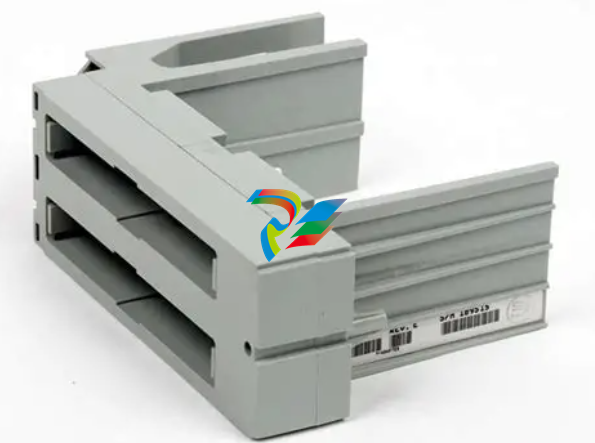
.jpg)
